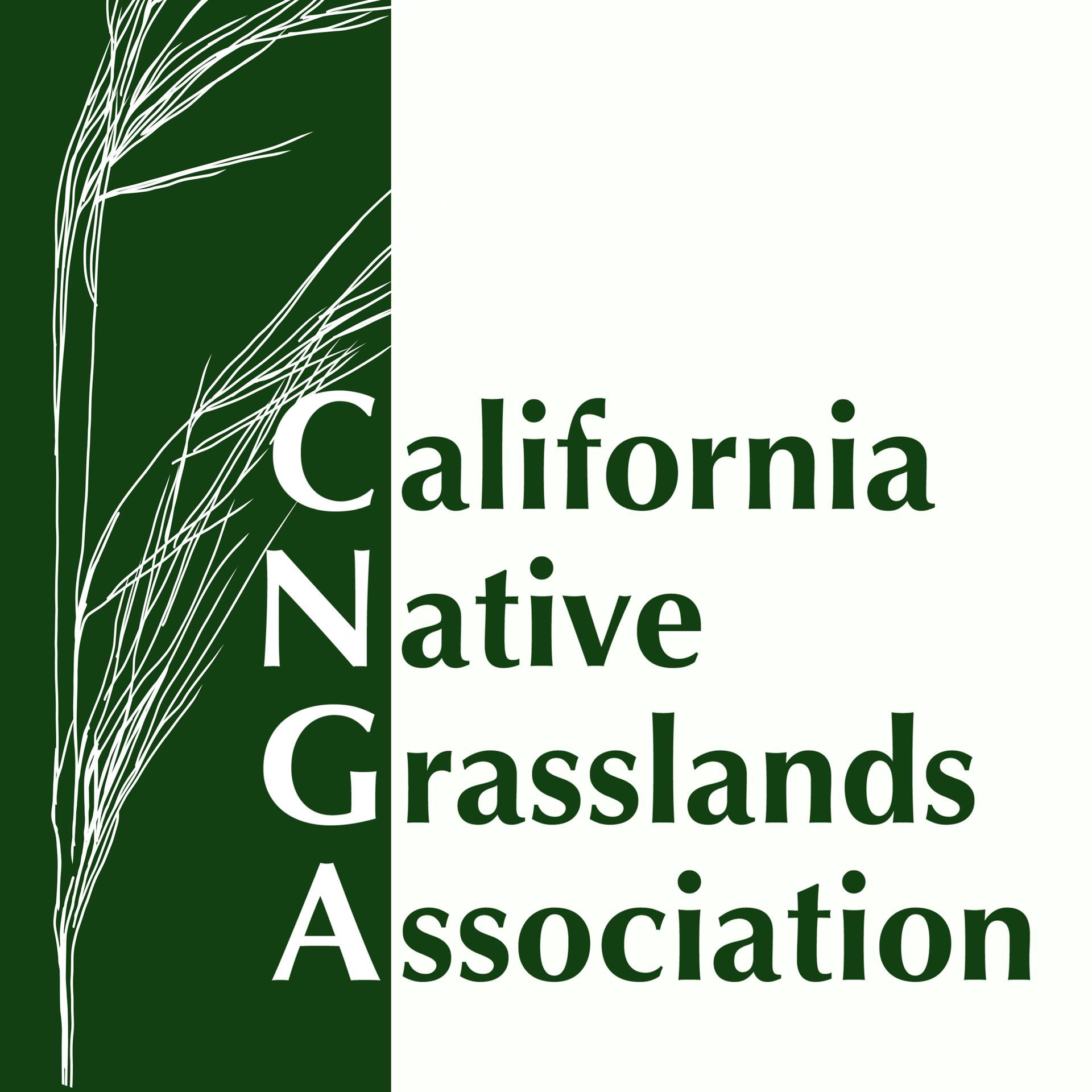
The Only Organization Working Exclusively to Conserve and Restore
California's Native Grasslands
Biodiversity is the Foundation of Healthy Grasslands |
California’s native grasslands are among the most biodiverse grassland ecosystems in North America, hosting:
California’s grasslands are home to a rich array of native bunchgrasses, wildflowers, insects, birds, and mammals—many of which exist nowhere else in the world. These vibrant landscapes support not only ecological diversity, but also soil health, pollination, water retention, and carbon storage. |
Biological Diversity and Climate Change are InterconnectedThe California Floristic Province ranks among the world’s 25 hotspots of biodiversity for richness of native plants and vertebrate species and endemism and risk of extinction.
|
California’s native grasslands rank among the 21 most-endangered ecosystems in the United States. The native prairies, other grasslands, and savannas, including those in California, are the most reduced ecosystems in terms of acres lost since European settlement. California native grasslands are among the most endangered ecosystems in the country occupying less than 1% of their historic extent.
Noss, R. F., and R. L. Peters. 1995. Endangered ecosystems: a status report on America’s vanishing habitat and wildlife. Washington, DC, USA: Defenders of Wildlife. 151 p.
Intergovernmental Science-Policy Platform on Biodiversity and Ecosystem Services (IPBES) Scientific outcome of the IPBES-IPCC co-sponsored workshop on biodiversity and climate change (2021) Citation: Pörtner, H.O., Scholes, R.J., Agard, J., Archer, E., Arneth, A., Bai, X., Barnes, D., Burrows, M., Chan, L., Cheung, W.L., Diamond, S., Donatti, C., Duarte, C., Eisenhauer, N., Foden, W., Gasalla, M. A., Handa, C., Hickler, T., Hoegh-Guldberg, O., Ichii, K., Jacob, U., Insarov, G., Kiessling, W., Leadley, P., Leemans, R., Levin, L., Lim, M., Maharaj, S., Managi, S., Marquet, P. A., McElwee, P., Midgley, G., Oberdorff, T., Obura, D., Osman, E., Pandit, R., Pascual, U., Pires, A. P. F., Popp, A., Reyes-García, V., Sankaran, M., Settele, J., Shin, Y. J., Sintayehu, D. W., Smith, P., Steiner, N., Strassburg, B., Sukumar, R., Trisos, C., Val, A.L., Wu, J., Aldrian, E., Parmesan, C., Pichs-Madruga, R., Roberts, D.C., Rogers, A.D., Díaz, S., Fischer, M., Hashimoto, S., Lavorel, S., Wu, N., Ngo, H.T. 2021. Scientific outcome of the IPBES-IPCC co-sponsored workshop on biodiversity and climate change; IPBES secretariat, Bonn, Germany, DOI:10.5281/zenodo.4659158 |
Key Messages
A. Nature and its vital contributions to people, which together embody biodiversity and ecosystem functions and services, are deteriorating worldwide.
A5. Human actions threaten more species with global extinction now than ever before. An average of around 25 per cent of species in assessed animal and plant groups are threatened, suggesting that around one million species already face extinction*, many within decades, unless action is taken to reduce the intensity of drivers of biodiversity loss.
B. Direct and indirect drivers of change have accelerated during the past 50 years. The rate of global change in nature during the past 50 years is unprecedented in human history. The direct drivers of change in nature with the largest global impact have been (starting with those with most impact): changes in land and sea use; direct exploitation of organisms; climate change; pollution; and invasion of alien species.
C. Goals for conserving and sustainably using nature and achieving sustainability cannot be met by current trajectories, and goals for 2030 and beyond may only be achieved through transformative changes across economic, social, political and technological factors.
D. Nature can be conserved, restored and used sustainably while simultaneously meeting other global societal goals through urgent and concerted efforts fostering transformative change.
*How did IPBES Estimate '1 Million Species At Risk of Extinction' in #GlobalAssessment Report?
Information for Media Releases
Recommended Article:
"What is biodiversity and what does it mean to us?" by Damian Carrington, Environmental Editor for The Guardian